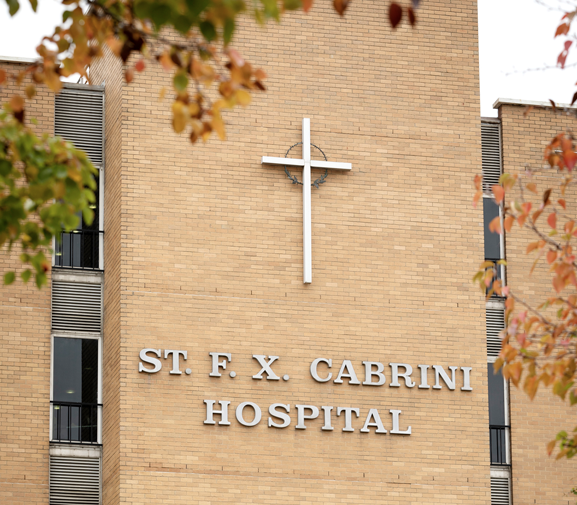Sarah Kemp Breast Surgery
Experienced surgical treatment and supportive patient care
SERVICES
- Assessment and management of benign breast diseases
- Assessment and management of malignant (cancerous) breast diseases, both screen-detected and symptomatic
- Surveillance of women at high risk of developing breast cancer
- Risk-reducing breast surgery (immediate reconstruction as a combined procedure with a plastic surgeon)
- Assessment and management of lactational mastitis

About
Sarah Kemp is a Breast Surgeon with a calm and compassionate one-on-one approach to patient care.
Combining her natural empathy and the highest standard of surgical expertise, over the past 20 years Sarah has focused on ensuring each of her patients feels informed and supported along their individually tailored treatment plan.
Sarah undertook 2 years of subspecialty training in Breast Surgery in the UK, including management of breast cancer, benign breast disease and oncoplastic breast surgery.
Location

CABRINI HOSPITAL
181-183 Wattletree RoadMalvern VIC 3144
Qualifications
F.R.A.C.S. 2001
M.B.B.S University of Tasmania 1991
B.Med.Sc University of Tasmania 1988
CURRENT APPOINTMENTS & AFFILIATIONS
Fellow of the Royal Australasian College of Surgeons
Full Member of BreastSurgANZ
THE ALFRED HOSPITAL, PRAHRAN VICTORIA 2003– PRESENT
VMO Breast Endocrine and General Surgery Breast Multidisciplinary Team
Breast Clinic Symptomatic and Screening Patients
Data submitted to RACS Breast Audit Undergraduate and Post-graduate teaching
Research activities within BES Unit
CABRINI HOSPITAL MALVERN VICTORIA 2003-PRESENT
Accredited Surgeon
Member Breast Multidisciplinary Meeting
Practise Breast Surgery
BREASTSCREEN VICTORIA
Visiting Surgeon
Monash Breastscreen
AUSTRALIAN MEDICAL COUNCIL
Clinical Panel – Surgery
Member MCQ Panel – Surgery Clinical Examiner
Common diagnostic tests
Some of the common procedures used in your diagnosis and treatment:
